What is Internal SEO and Why is it Important?
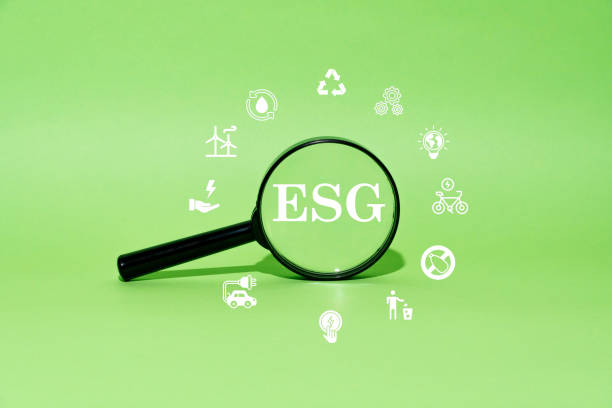
Internal SEO, also known as On-Page SEO, refers to the set of actions performed within your website to optimize its pages and improve the site’s ranking in search engine results (SERP).
These actions include optimizing content, title tags, meta descriptions, URL structure, and using relevant keywords.
The importance of internal SEO lies in the fact that it helps search engines better understand the content of your site and provide the most relevant results to users.
A website with strong internal SEO has a better chance of achieving a higher ranking in search results and attracting organic traffic.
In other words, internal SEO helps you make your content “readable” and attractive to search engines.
In fact, internal SEO is the beating heart of SEO.
Without proper internal SEO, your efforts for external SEO (Off-Page SEO) and link building may not achieve the desired result.
Internal SEO is the foundation of a successful SEO strategy.
A site without proper #internal SEO is like a house without a foundation and will eventually collapse.
So start now and take the time to focus on the internal SEO of your site.
Internal SEO is an ongoing process that requires continuous updating and improvement.
Internal SEO helps you attract more visitors and boost your business.
Does your current website turn visitors into customers or scare them away? Solve this problem forever with professional corporate website design by Rasaweb!
✅ Create credibility and powerful branding
✅ Attract target customers and increase sales
⚡ Get a free consultation now!
Keyword Research; The Cornerstone of Internal SEO
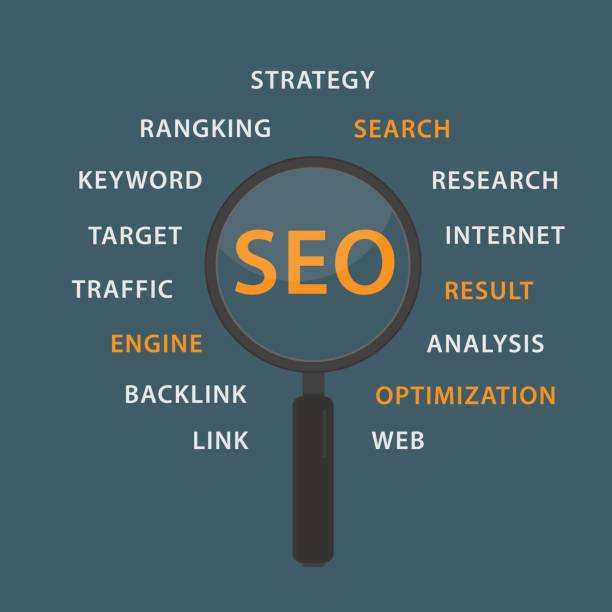
Keyword research (#keyword research) is the process of identifying the words that your audience uses to search for information related to your business.
These keywords should be used in your site’s content so that search engines can recognize the connection between your content and user needs.
To perform keyword research, you can use various tools such as Ahrefs, Moz Keyword Explorer, and Ubersuggest.
These tools help you check relevant keywords, search volume, and their level of competition.
You can also use Google Keyword Planner, which is a free tool from Google.
After identifying the keywords, you should use them naturally in your site’s content.
Avoid overusing keywords, as this can result in your site being penalized by search engines.
Your content should be attractive and useful to users, not just search engines.
A good strategy for #internal SEO is to use the main keywords in the page title, meta description, and page URL.
Also, use secondary keywords in the body of the text.
Optimizing Page Title (Title Tag) and Meta Description
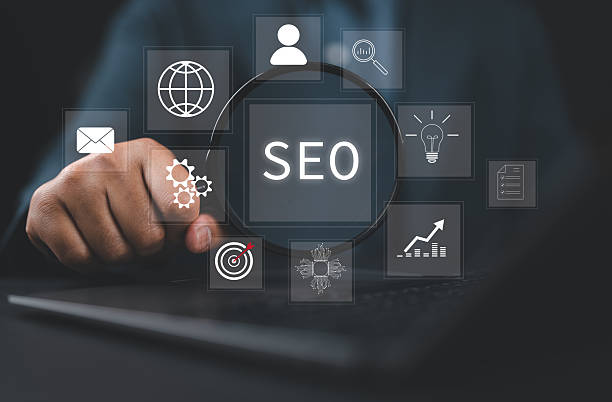
The title tag (#title tag) and meta description (#meta description) are two important elements in internal SEO that are displayed in search results.
The title tag shows the title of your page, and the meta description is a short summary of the page content.
To optimize the title tag, you should use the main keyword of the page in it.
The length of the title tag should be between 50 and 60 characters so that it is fully displayed in the search results.
Also, the title tag should be attractive and descriptive to encourage users to click.
The meta description should be an accurate and attractive summary of the page content.
The length of the meta description should be between 150 and 160 characters.
You should also use the main keyword of the page in the meta description.
The meta description should tell users what information they will get if they click on your link.
Using appropriate title tags and meta descriptions has a significant impact on improving the click-through rate (CTR) and, consequently, your site’s ranking in search results.
These two elements are very important in the internal SEO process of your site, and paying attention to them is essential.
Content Optimization; The King of Internal SEO
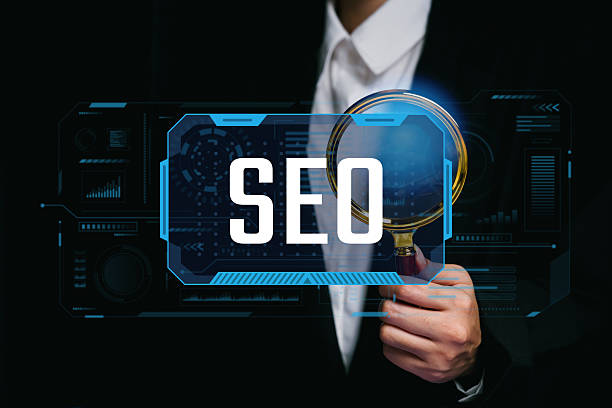
Content (#content) is the king of internal SEO.
High-quality, unique content that is relevant to user needs is the key to success in SEO.
Your content should provide users with useful and valuable information and answer their questions.
To optimize content, you should use keywords naturally in the text.
Your content should be readable and attractive and have a proper structure.
Use subheadings (#subheadings), short paragraphs, and images to improve content readability.
Also, your content should be up-to-date and accurate.
Regularly review and update your content so that it does not contain outdated and incorrect information.
In addition, your content should be unique.
Avoid copying other people’s content.
Copied content can result in your site being penalized by search engines.
Content creation is an ongoing process that requires time and effort.
But by producing high-quality content, you can improve your site’s ranking in search results and attract more organic traffic.
Here is a sample table that can help with the internal SEO of your page:
| Feature | Description |
|---|---|
| Content Length | At least 300 words, preferably more |
| Use of Keywords | Naturally and relevantly |
| Readability | Easy and attractive for users |
| Uniqueness | Without copying |
| Up-to-date | Accurate and up-to-date information |
Does your current corporate website present a worthy image of your brand and attract new customers?
If not, turn this challenge into an opportunity with Rasaweb’s professional corporate website design services.
✅ Dramatically improves your brand credibility and image.
✅ Paves the way for attracting leads and new customers.
⚡ Contact Rasaweb now for a free and expert consultation!
Image Optimization; Visual Internal SEO
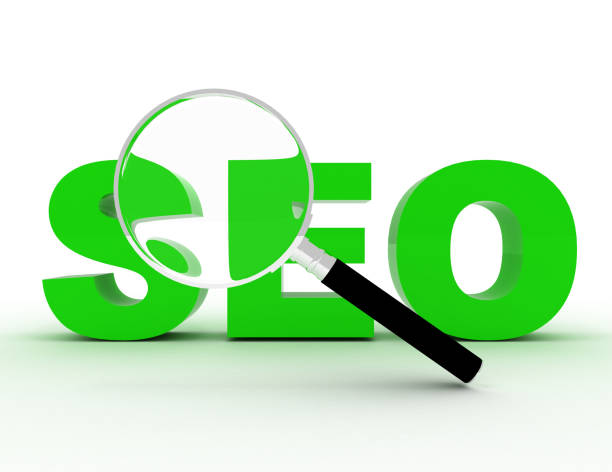
Images (#images) play an important role in the attractiveness and readability of your site’s content.
But images can also help with your site’s internal SEO.
To optimize images, you should use descriptive file names.
Instead of using names like “IMG_1234.jpg,” use names like “internal-seo-tutorial-book.jpg.”
This helps search engines understand what your image is about.
You should also use the ALT tag for your images.
The ALT tag is an alternative text for the image that is displayed if the image does not load.
The ALT tag is also used by search engines to understand the content of the image.
In the ALT tag, you should use the main keyword of the page.
For example, if your page is about “Internal SEO Tutorial,” you can use the phrase “Internal SEO Tutorial” in the ALT tag of the image.
In addition, you should reduce the size of your images.
Large images can slow down your site’s loading speed, which can negatively impact your site’s ranking in search results.
Use image compression tools (#image compression tools) to reduce the size of your images.
Using optimized images not only improves the user experience, but also helps to improve site speed and, consequently, your site’s internal SEO.
This is a very important point in the internal SEO process.
Proper URL Structure; Internal SEO Guide
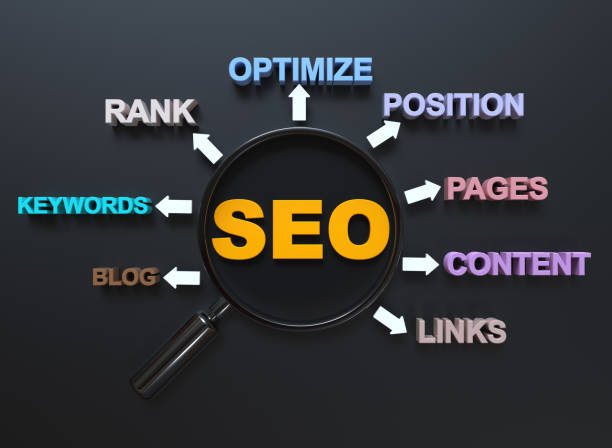
The URL structure (#URL structure) of your site’s pages can also affect your site’s internal SEO.
The URLs of your pages should be short, descriptive, and include the main keyword of the page.
Avoid using long and complex URLs.
For example, instead of using a URL like “www.example.com/page?id=123,” use a URL like “www.example.com/internal-seo-tutorial.”
You should also use a hierarchical URL structure.
This means that the URL of your pages should show which section of your site the page is in.
For example, if your page is about “SEO Tutorial” in the “SEO Articles” section of your site, the page URL should be “www.example.com/seo-articles/seo-tutorial.”
A proper URL structure helps search engines better understand the structure of your site and index your pages correctly.
This is very important for internal SEO.
In optimizing URLs, stability is also important.
Changing URLs after pages have been indexed can lead to loss of your site’s ranking and traffic.
Therefore, be careful in choosing URLs and try to keep them constant.
Internal SEO, by following these tips, will have significant improvements.
Internal Linking; Creating a Network of Connections in Internal SEO

Internal linking (#internal linking) refers to the process of creating links between different pages of your site.
Internal linking can help search engines better understand the structure of your site and identify the more important pages of your site.
Also, internal linking can help users easily navigate your site and find the information they need.
To create effective internal links, you should use appropriate anchor text (#anchor text).
The link text should be descriptive and relevant to the content of the page you are linking to.
For example, if you are linking from the “Internal SEO Tutorial” page to the “Keyword Research” page, the link text should be something like “Keyword Research.”
Also, you should place links naturally in the text.
Avoid overdoing the linking.
Links should help users learn more about the topic they are interested in.
Optimized internal linking not only helps improve your site’s internal SEO, but also improves the user experience.
Optimizing internal linking is an important aspect of internal SEO.
| Factor | Description |
|---|---|
| Link Placement | In the body of the text, close to relevant content |
| Anchor Text | Descriptive and relevant to the destination page |
| Number of Links | Naturally and without exaggeration |
| Link Relevance | The destination page should be relevant to the topic of the origin page |
Optimizing Site Speed; A Key Factor in Internal SEO

Site speed (#site speed) is one of the important factors in ranking sites by Google.
Google gives a higher ranking to sites that load quickly.
Users also prefer to use sites that load quickly.
A slow site can lead to a decrease in conversion rate (#conversion rate) and an increase in bounce rate (#bounce rate).
To optimize site speed, you can use various methods.
These methods include compressing images, using caching (#caching), and reducing the size of HTML, CSS, and JavaScript code.
You can also use a content delivery network (CDN) to store your site’s content on different servers around the world and improve your site’s loading speed for users in different regions.
Optimizing site speed is a valuable investment that can help improve your site’s internal SEO and user experience.
Optimizing site speed is one of the key principles of internal SEO.
Remember that internal SEO is a dynamic process and requires continuous review and improvement.
By following the internal SEO tips, you can improve your site’s ranking in search results and attract more organic traffic.
Internal SEO can help you reach the top of search results.
Does your company’s website create a professional and lasting first impression on potential customers? Rasaweb, with professional corporate website design, not only represents the credibility of your brand, but also opens a path for your business to grow.
✅ Create a powerful and reliable brand image
✅ Attract target customers and increase sales
⚡ Get a free consultation
Site Responsiveness; An Incontrovertible Necessity in Internal SEO
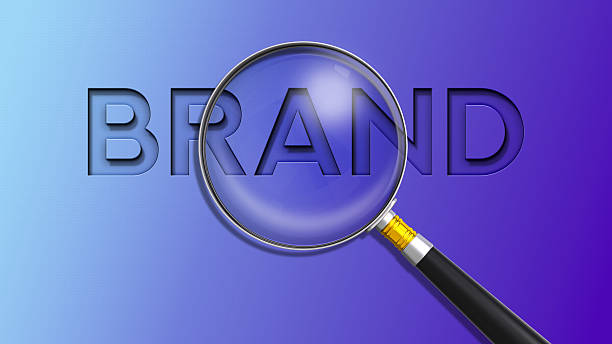
Responsiveness (#responsive design) means that your site automatically adapts to the screen size of different devices such as mobile phones, tablets, and desktop computers.
Given that most internet users access websites through mobile phones, site responsiveness is an incontrovertible necessity.
Google also gives a lot of importance to responsive sites and ranks them higher in search results.
If your site is not responsive, mobile users may encounter problems such as incorrect content display, slow page loading, and difficult navigation.
These problems can lead to a decrease in conversion rate and an increase in bounce rate.
Site responsiveness not only improves the user experience, but also helps improve your site’s internal SEO.
To ensure the responsiveness of your site, you can use site responsiveness test tools (#responsive test tools).
These tools show you how your site is displayed on different devices.
Ensuring site responsiveness is an important step in internal SEO.
Internal SEO helps you attract more organic traffic.
Continuous Review and Update; The Key to Longevity in Internal SEO

Internal SEO is an ongoing process and should not be considered as a one-time project.
Search engine algorithms are constantly changing and evolving.
Therefore, you should continuously review the SEO performance of your site and make the necessary changes.
To review the SEO performance of your site, you can use Google Search Console and Google Analytics tools.
These tools provide you with useful information about site traffic, keywords used by users, and potential site problems.
Using this information, you can identify the weaknesses of your site’s SEO and take action to fix them.
Continuous review and update is the key to longevity in internal SEO.
Internal SEO is not only a technical process, but also a strategic process that requires a deep understanding of user needs and your business goals.
Given the importance of internal SEO in online success, it is recommended that you seek the help of an SEO specialist (#SEO specialist) to develop and implement an appropriate SEO strategy for your business.
Internal SEO helps you achieve your business goals.Internal SEO is one of the most important parts of SEO.
Internal SEO and external SEO complement each other.
Frequently Asked Questions
| Question | Answer |
|---|---|
| What is On-page SEO? | On-page SEO refers to the set of actions that are performed inside your website to improve its ranking in search engine results. This includes optimizing content, site structure, and HTML code. |
| Why is internal SEO important? | Internal SEO helps search engines understand the content of your page and determine whether your content is relevant to searchers or not. This is the foundation of any successful SEO strategy. |
| What are the key elements of internal SEO? | Page title (Title Tag), Meta Description, Keyword Usage, Image Optimization, Heading Structure (H1, H2, …), Internal Linking, and Content Quality are key elements. |
| How to optimize the page title (Title Tag)? | The page title should include the main keyword, be attractive and encouraging to click, and its length should be between 50 and 60 characters (or suitable pixels) to be fully displayed in search results. |
| What role does Meta Description play in internal SEO? | The meta description is a summary of the page content that is displayed below the title in search results. Although it does not directly affect ranking, it helps SEO by increasing the click-through rate (CTR). |
| What is the importance of using a heading structure (H1, H2, H3) in internal SEO? | Headings structure the content of the page and make it easier to read. H1 is usually the main title of the page and should include a keyword. H2 and H3 are used to organize subsections and help search engines understand the content hierarchy. |
| How to use keywords effectively in content? | Keywords should be used naturally and logically throughout the content, including the introduction, body, and conclusion. Avoid overfilling keywords (Keyword Stuffing). |
| What steps are involved in optimizing images for internal SEO? | Includes compressing images to reduce size, using descriptive file names, adding appropriate alternative text (Alt Text), and optimizing the image title and description. Alt Text is essential for accessibility and helping search engines understand the content of the image. |
| What is internal linking and what are its benefits? | Internal linking means creating links from one page on your website to another page on the same website. This helps users to easily navigate your site, distributes page authority throughout the site, and helps search engines better understand your site structure. |
| What is the importance of content quality in internal SEO? | High-quality, accurate, comprehensive, and valuable content for users is the cornerstone of internal SEO. Search engines prefer content that meets the needs of users. Quality content leads to longer user dwell time (Dwell Time) and lower bounce rate (Bounce Rate), which are positive SEO signals. |
And other services of Rasa Web Advertising Agency in the field of advertising
Intelligent Custom Software: A professional solution for analyzing customer behavior with a focus on custom programming.
Intelligent Data Analysis: An exclusive service for increasing site visits based on marketing automation.
Intelligent SEO: A new service to increase digital branding through user experience customization.
Intelligent Brand Identity: A fast and efficient solution to attract customers with a focus on custom programming.
Intelligent Marketplace: An effective tool to increase sales with the help of using real data.
And more than hundreds of other services in the field of internet advertising, advertising consulting and organizational solutions
Internet Advertising | Advertising Strategy | Reportage Ad
Resources
What is Internal SEO and Why is it Important?
,What is Internal SEO?
,Internal SEO Strategies for 2023
,What is Internal SEO?
? Are you looking to grow and be seen in the online world? Rasa Web Afarin Digital Marketing Agency, specializing in custom website design, SEO, and advertising campaign management, paves the way for the success of your business.
📍 Tehran, Mirdamad Street, next to the Central Bank, South Kazerun Alley, Ramin Alley No. 6




